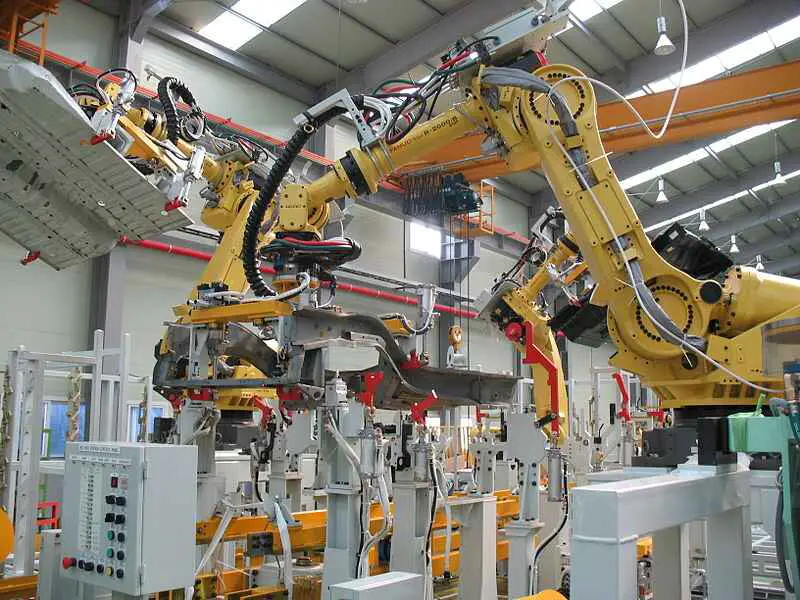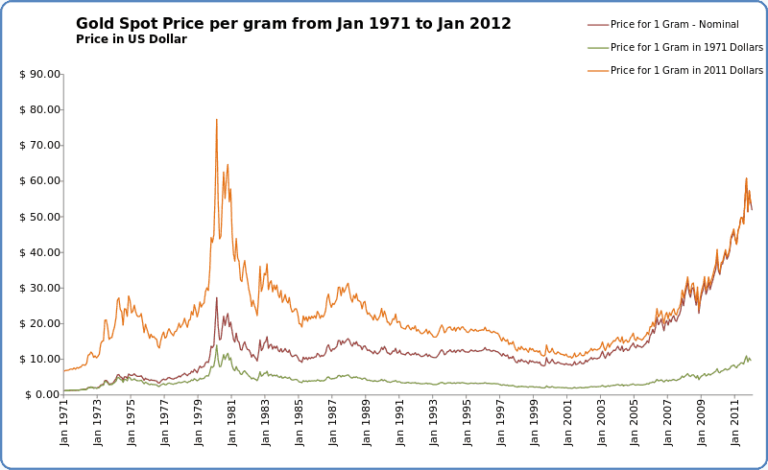Linear Economy Definition, Comparison, and Conversion Explained
Linear economy is a concept and practice whereby production follows a linear pathway, commencing from raw material extraction and terminating with the disposal of waste from consumed products, with no consideration of recycling. This article discusses linear economy definition, comparison, and conversion, as outlined below;
-Linear Economy Definition: 5 Ways to Define A Linear Economy
-Linear Vs Circular Economy Comparison
Linear Economy Definition: 5 Ways to Define A Linear Economy
Linear economy is an economy that is driven by a linear production process whereby raw materials are extracted, processed into useful end-products which are consumed, and the resulting waste disposed of [2].
The above is a most basic linear economy definition, and it highlights the final outcome if raw materials in this economic model; which is waste.
In order to get a clearer perspective, it may be helpful to outline the linear economy definition within the context of sustainable development, as done below;
A linear economy is a system of production and consumption that goes contrary to the requirements for sustainability, by converting natural resources to products that are used and discarded by consumers, with net-negative socioeconomic and environmental impacts [4].
In the above linear economy definition, some of its unsustainable attributes are highlighted in the form of impacts across the three pillars of sustainability (social, economic, environmental). A more direct focus on the disadvantages of linear economy can further aid in understanding how such an economy goes contrary to the dictates of sustainable development.
An alternative linear economy definition is given below, which lists some of its disadvantages;
Linear economy is an economic development model characterized by a non-cyclic pathway of resource conversion, consumption and disposal, and which is associated with some unfavorable outcomes like; resource depletion, ecosystem/habitat loss, price volatility, raw material supply-interruption, greenhouse emission, general environmental degradation [5].
The opposite of a linear economy is circular economy; which is designed to address most of the shortcomings of linear economies, especially with respect to how resources are managed.
Circular economy may be referred to by other terms such as green economy, because it utilizes methods and practices that have minimal environmental impact, such as; recycling, energy conservation, sustainable manufacturing, green building, and clean energy development.
Below is an alternative linear economy definition that highlights the difference between linear and circular economies;
Linear economy is an approach to economic development that sharply contrasts with the cyclic, conservative approach of circular economy, by assuming a linear model of resource extraction, production, consumption, and disposal.
It can be derived from the above that the steps in linear economic development are; resource extraction, production, consumption, and disposal. These also constitute the core elements of the linear economic model.
It is also important to point out that most regions of the world operate a linear economy; mostly because of a lack of sufficient technological, social and administrative equipment or enforcement, to implement the principles of circular or green economy.
Some attributes common to linear economy include factory-system mode of mass production, active landfilling, large-scale mining, refining and deforestation, un-planned urbanization, and continuous market fluctuation.
To put these attributes into real-life perspective, it can be helpful to observe some examples of linear economies, as shown in the final linear economy definition that is given below;
Linear economy is a system of production and consumption that does not actively or deliberately conserve resources, as exemplified by; fossil fuel-driven energy development, paper production without reforestation/afforestation, synthetic plastic production, chemical-based crop production, and disposable inorganic packaging.
Linear Vs Circular Economy Comparison
The difference between linear and circular economies is that the former focuses on production, while the latter combines production with conservation.
A linear economic model comprises of take-make-dispose or take-make-waste stages [1]. These stages imply that in the linear economic model, resources are continuously being taken, used to make products which are consumed, so that the remnant of such products becomes waste.
On the other hand, circular economic model is built upon reduce-reuse-recycle phases [6], which entail a conservative approach to the derivation of raw materials, manufacture and consumption of products, and handling of the remnants after consumption.
In the fashion industry, for example; a linear economic model results in mass production, rapid usage, and disposal; also known as fast fashion [3]. Such an approach demands less durability and quality, since products are in mass production and can be easily disposed of.
Circular economic fashion model, on the other hand, focuses on sustainable material selection, high quality, durability, and recyclability.
What the above instance shows is that linear economy is predicated on scale to meet short-term demand, while circular economy is predicated on quality to meet long-term demand.
Because circular economy tries to conserve and recycle resources, it is inclined more toward services than products, such as product restoration, material recycling and reuse. Linear economy does not emphasize on conserving resources, and is therefore inclined heavily toward production.
As a result of their respective approaches, the linear economic model is more likely to contribute to climate change, pollution, economic decline and eventual depletion of resources,
Transition from linear to circular economy means the adoption of methods, measures and practices to reduce waste and conserve resources, while protecting the environment from degrading side-effects of economic development.
It implies the practice of material substitution, to replace unsustainable, toxic, or un-recyclable raw materials with sustainable alternatives. At the production level, more emphasis on durability and quality is typical of a linear economy that is transitioning into a circular one.
Recycling is one of the most crucial measures that must be adopted to convert linear economy to circular. Also, the use of renewable energy resources like solar and wind can reduce the economic and environmental drawbacks associated with linear economy.
Technological innovations like smart devices, Internet of Things (IoT), robotics, and electric vehicles, can all be used to improve resource efficiency when converting from linear to circular economy.

In agriculture, linear to circular economy conversion is synonymous with the adoption and practice of sustainable agriculture; whereby synthetic methods and materials are replaced with sustainable organic alternatives, such as compost, sustainable farming practices, and waste-to-energy conversion, among others.
The table below summarizes linear vs circular economy comparison;
|
Comparison Criteria |
Linear Economy |
Circular Economy |
|
Focus Area |
Production/Products |
Conservation/Services |
|
Relative Production Scale |
Large |
Small |
|
Relative Production Quality |
Low |
High |
|
Environmental Impact |
Net-Negative |
Net-Positive |
|
Short-term Output |
High |
Low |
|
Long-term Sustainability |
Low |
High |
Conclusion
Linear economy is a type of economic development that is based on extraction and conversion of raw materials to products that are consumed, with the remnant thrown away as waste.
Linear economy differs from circular economy by emphasizing on continuous, large-scale production, and short-tern profit; whereas circular economy lays emphasis on deliberate conservation of resources, and long-term sustainability.
References
1). Brydges, T. (2021). "Closing the loop on take, make, waste: Investigating circular economy practices in the Swedish fashion industry." Journal of Cleaner Production 293(Supplement C):126245. Available at: https://doi.org/10.1016/j.jclepro.2021.126245. (Accessed 6 April 2023).
2). Elisha, O. D. (2020). "Moving Beyond Take-Make-Dispose to Take-Make-Use for Sustainable Economy." Available at: https://www.researchgate.net/publication/349964391_Moving_Beyond_Take-Make-Dispose_to_Take-Make-Use_for_Sustainable_Economy. (Accessed 6 April 2023).
3). Koszewska, M. (2018). "Circular Economy — Challenges for the Textile and Clothing Industry." Autex Research Journal 18(4). Available at: https://doi.org/10.1515/aut-2018-0023. (Accessed 6 April 2023).
4). Michelini, G.; Moraes, R.; Nobre da Cunha, R.; Costa, J.; Ometto, A. R. (2017). "From Linear to Circular Economy: PSS Conducting the Transition." Procedia CIRP 64:2-6. Available at: https://doi.org/10.1016/j.procir.2017.03.012. (Accessed 6 April 2023).
5). Sariatli, F. (2017). "Linear Economy Versus Circular Economy: A Comparative and Analyzer Study for Optimization of Economy for Sustainability." Visegrad Journal on Bioeconomy and Sustainable Development 6(1). Available at: https://doi.org/10.1515/vjbsd-2017-0005. (Accessed 6 April 2023).
6). Valavanidis, A. (2018). "Concept and Practice of the Circular Economy." Available at: https://www.researchgate.net/publication/326625684_Concept_and_Practice_of_the_Circular_Economy. (Accessed 6 April 2023).


